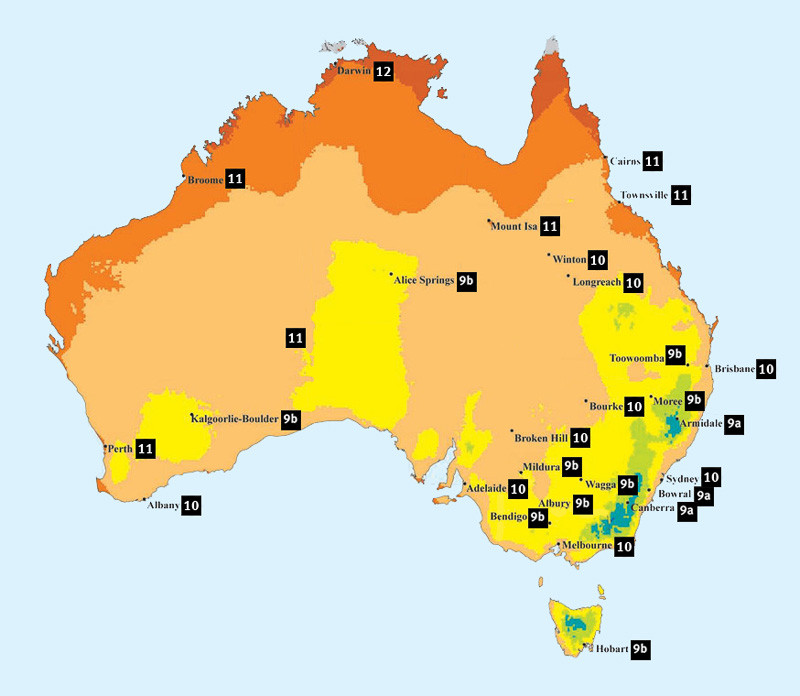
Hardiness Zones in Australia
Climate zone 3 - hot dry summer, warm winter. Climate zone 4 - hot dry summer, cool winter. Climate zone 5 - warm temperate. Climate zone 6 - mild temperate. Climate zone 7 - cool temperate. Climate zone 8 - alpine. These eight climate zones are illustrated in the form of a climate zone map which was created using Bureau of Meteorology climatic.
Yet another climate classification map for Australia r/MapPorn
A thunderstorm in Sydney. The climate of Sydney, Australia is humid subtropical ( Köppen: Cfa ), [1] shifting from mild and cool in winter [2] [3] [4] to warm and hot in the summer, with no extreme seasonal differences as the weather is moderated by proximity to the ocean, [5] although more contrasting temperatures are recorded in the inland.

What Is Sydney Climate Zone? [The Right Answer] 2022 TraveliZta
Climate chart - Sydney (Australia) The climate of Sydney, the capital of New South Wales, lying on the southeast coast of Australia, at 34 degrees south latitude, is humid subtropical, with mild winters and warm summers. To the west of the city are hills, protected in some national parks. The wind blows frequently, especially from October to April, that is, in the warm season (being that it's.

2 Climate zones of Australia illustrating distribution of main island... Download Scientific
Table 1 NCC climate zones for thermal design: Australia . State or Territory Location Climate zone Australian Capital Territory Canberra 7. New South Wales Sydney East : 5 : New South Wales ; Sydney West : 6 : New South Wales ; Tamworth 4 : New South Wales Thredbo : 8 : New South Wales ; Wagga Wagga 4 :
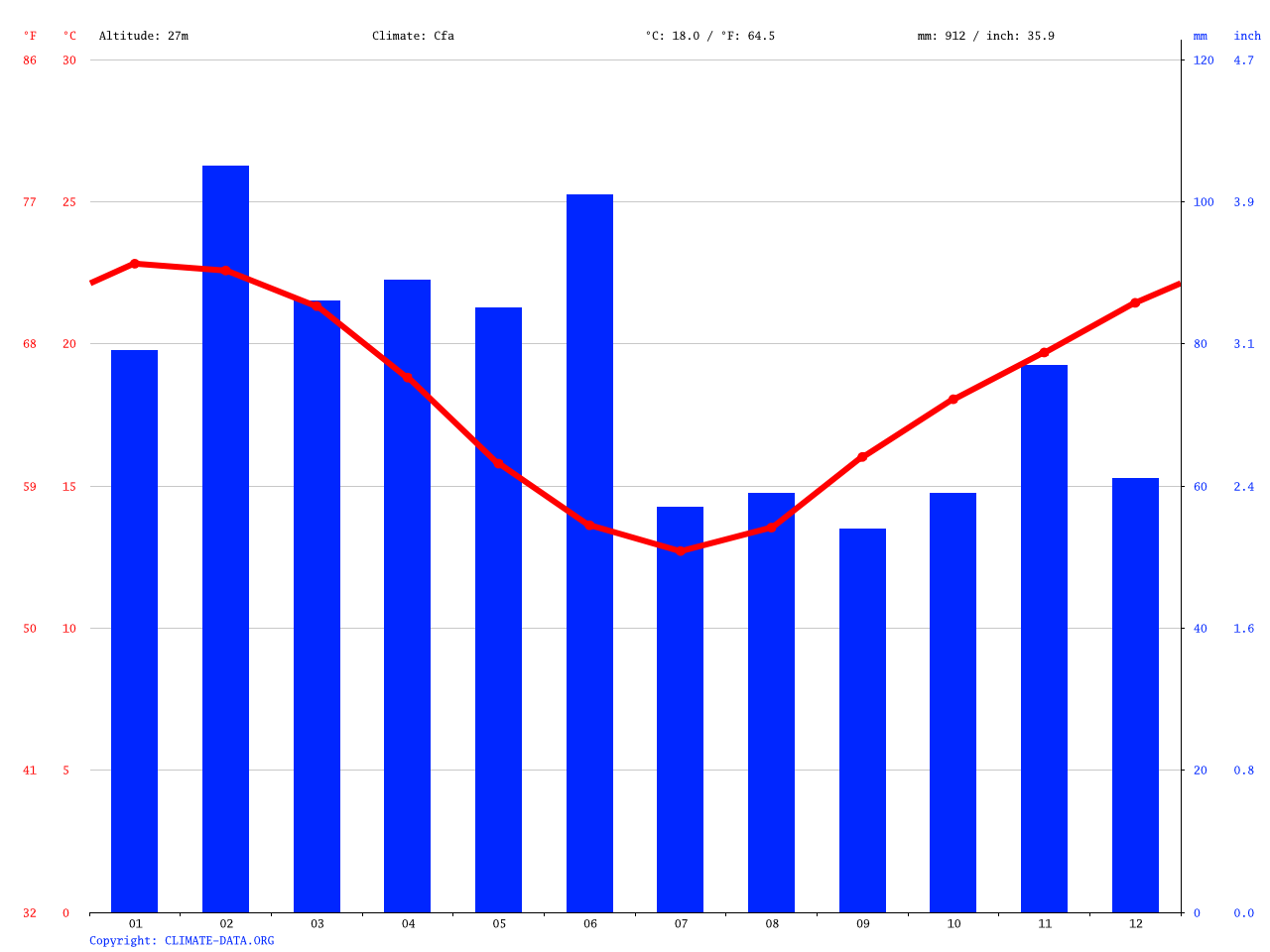
Sydney climate Average Temperature, weather by month, Sydney water temperature
What is the weather like in Sydney? Sydney enjoys a sunny climate with mild winters and warm summers, perfect for making the most of the outdoors.Plan ahead with this information on temperature and rainfall. Summer (December - February) During summer, average temperatures range from 18.6 - 25.8°C (65.5 - 78.4°F), and average humidity spikes to 65%.
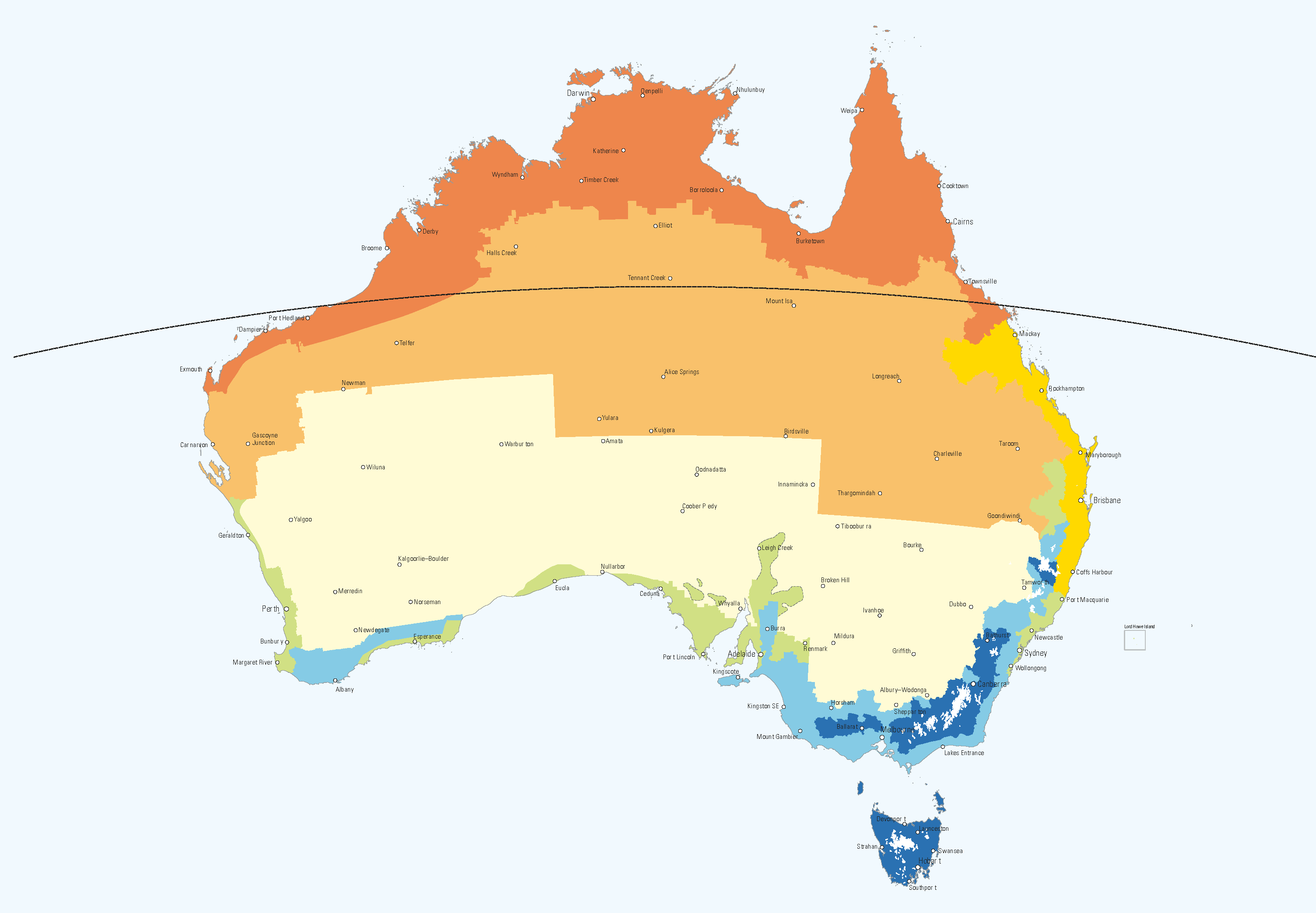
Australian climate zones YourHome
Though Sydney is a year-round destination, the winter months of June, July, and August may be a less desirable time for some visitors due to lower temperatures and higher rainfall. Temperatures can drop to 8.1°C, and rainfall can peak at 132mm in June. Furthermore, these months offer fewer daylight hours, varying from 9.9 hours to 10.9, restricting full-day outdoor activities.

Climate zones of Australia (from the Bureau of Meteorology). Download Scientific Diagram
This climate zone covers major cities like Sydney, Newcastle, Wollongong, Adelaide, Perth, Esperance, and Geraldton. As most of this zone is around the coastline, temperatures are moderated by the ocean. Summers experience warm temperatures of just under 30 degrees Celsius and cool winters with the lowest temperature of 5 degrees Celsius.
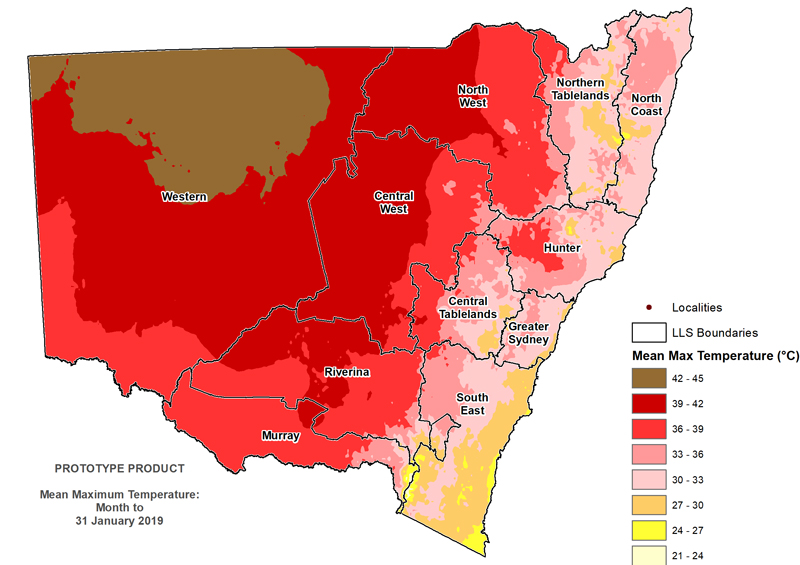
NSW State Seasonal Update January 2019
The table below displays average monthly climate indicators in SYDNEY based on 8 years of historical weather readings. Temperature by: Fahrenheit / Centigrade SYDNEY 33 86 S, 151 20 E, 216 feet (66 meters) above sea level.

carte climat australie température australie annuelle TURJN
Summary statistics SYDNEY (OBSERVATORY HILL) A summary of the major climate statistics recorded at this site is provided below. There is also an extended table with more statistics available.

Local Climate Zone map of greater Sydney, Australia (B) obtained... Download Scientific Diagram
The Sydney region experiences large variations in temperature between the coast, Western Sydney and in the Blue Mountains. In summer, average temperatures range from 16-18°C in the Blue Mountains to 22-24°C in Western Sydney. In winter, average temperatures range from 12-14°C along the coast to 4-6°C in the upper Blue Mountains.
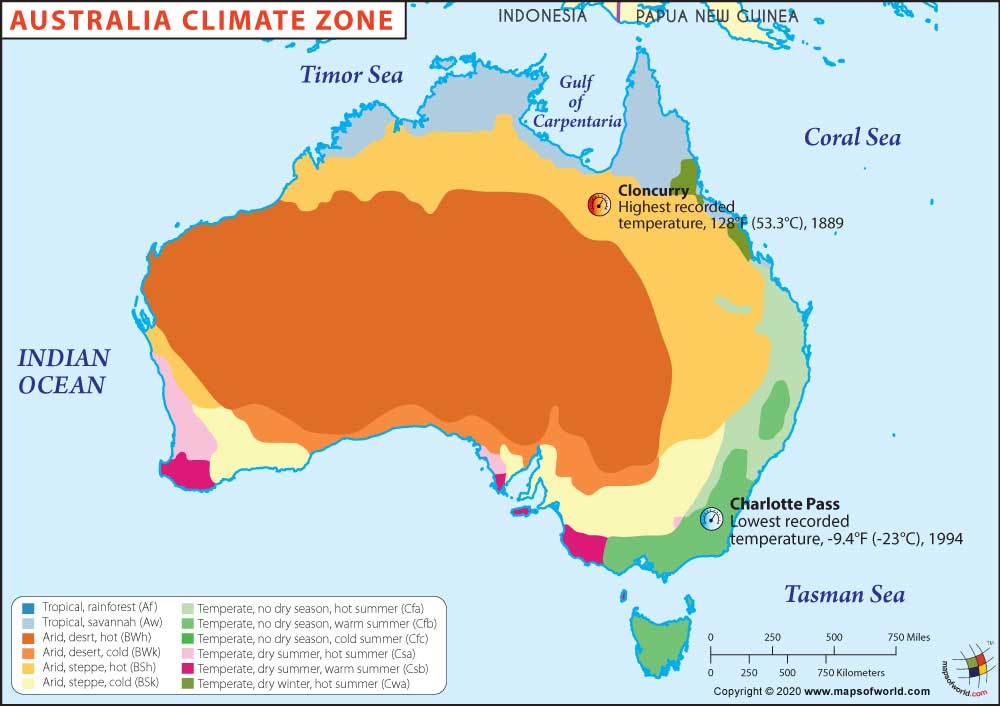
Australia Climate Map
The Köppen classification maps show six major groups and 27 sub-groups of climate zones across Australia. These climate zones are defined with the climatic limits of native vegetation in mind. This method of classification is based on the concept that native vegetation is the best expression of climate in an area.

Australian climate zones [32]. Download Scientific Diagram
The 8 NCC climate zones are as follows: Zone 1 - northern Australia from Exmouth (Western Australia) across the country to south of Townsville (Queensland). Zone 2 - coastal Queensland from north of Mackay (Queensland) down to just south of Coffs Harbour (New South Wales). Zone 3 - northern central Australia from Carnarvon on the Western.
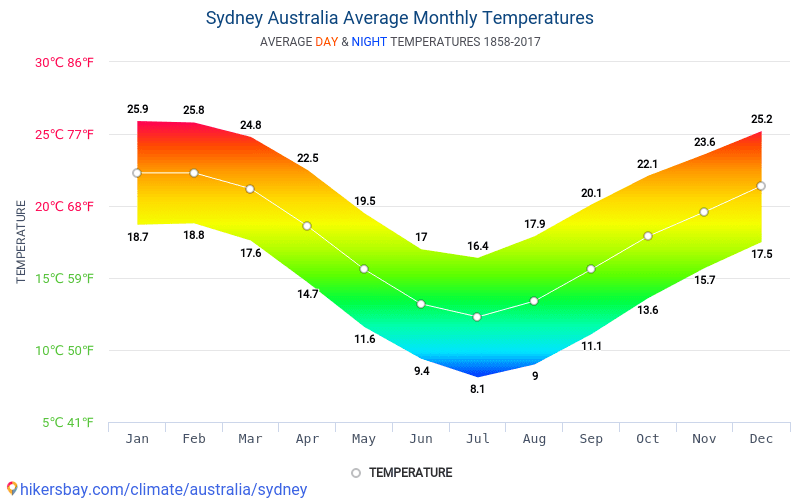
Data tables and charts monthly and yearly climate conditions in Sydney Australia.
Climate & Weather Averages in Sydney, New South Wales, Australia. Time/General. Weather. Time Zone. DST Changes. Sun & Moon. Weather Today Weather Hourly 14 Day Forecast Yesterday/Past Weather Climate (Averages) Currently: 73 °F. Overcast.

NWA 2014 Sydney Contextual information Climate overview
The greatest impact is projected to happen in Western Sydney, which is expected to experience 5-10 additional hot days by 2030 than it had in 2018. These changes affect NSW industries, environments and people. Climate change is also challenging our communities, and putting more demands on emergency management, health services and agriculture.

Climate zones, major cities/towns and local government areas in... Download Scientific Diagram
The climate in Sydney. Due to Sydney's geographical location in the southeastern part of the country, the city enjoys a mild climate throughout the year.. What is the time difference between Europe and Sydney? Sydney is in the UTC + 10 time zone in Winter and UTC + 11 in summer. The state of NSW applies Summer/Winter time changes, so the.

Australia climate zones map Australian climate zones map (Australia and New Zealand Oceania)
What kind of climate does Sydney experience? Sydney is located in a humid subtropical climate zone, meaning the summers are warm and humid, while the winters are mild. The city experiences an average temperature of 25 degrees Celsius (77°F) throughout the year with average rainfalls of over 1,000 millimetres annually.